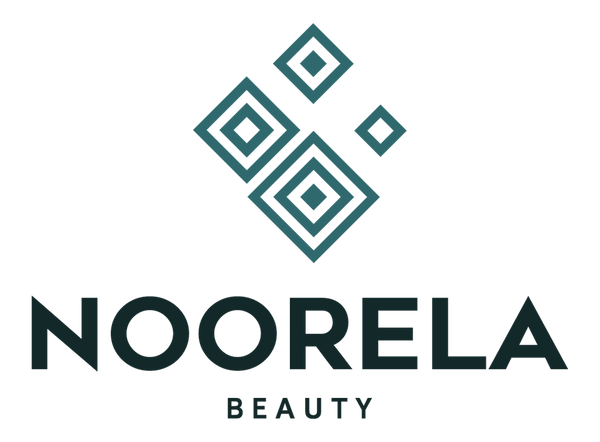
Foundation Brush or Sponge: Which Tool Wins for Your Perfect Base?
If you’ve ever stood in front of your vanity with a liquid foundation in one hand and a sponge in the other, you’ve probably asked yourself: foundation brush or sponge—which one do I use? It’s a fair question. Both tools have their supporters, and each delivers a distinct finish. Rather than parroting brand lines, let’s break down the real differences between using a foundation brush or sponge, so you can make an informed choice that fits your lifestyle, skin type, and makeup goals.
The Basics: What Each Tool Does
- Foundation Brush or Sponge: A foundation brush is typically a flat, dense paddle or a rounded buffing head. It spreads product in precise strokes or circular motions.
- Foundation Brush or Sponge: A makeup sponge—often referred to by the popular brand name “beauty blender”—uses a bouncy, porous texture to press and blend product into the skin.
At its core, the question of foundation brush or sponge boils down to how you like your base to look and feel.
Coverage Control: Sheer to Full
- Foundation Brush or Sponge for Full Coverage: A dense buffing brush packs on product without over-sheering, making it easier to build medium to full coverage. If you dab too much product with a sponge, you can end up absorbing it.
- Foundation Brush or Sponge for Sheer Coverage: A damp sponge provides a natural, skin-like finish with lighter coverage. It’s ideal for tinted moisturizers and BB creams, as it presses the product into the skin.
When you’re torn between foundation brush or sponge, think about how much coverage you actually need.
Finish & Texture
- Foundation Brush or Sponge for a Polished Look: Brushes often leave a more matte, refined texture. They’re great if you want a clean, airbrushed canvas.
- Foundation Brush or Sponge for a Dewy Glow: Sponges give a soft, dewy sheen. The porous surface mimics skin texture, making foundation look less “painted on.”
If your skin is dry or you crave a glowing effect, a sponge may edge out a foundation brush or sponge debate.
Speed and Ease
- Foundation Brush or Sponge on the Go: A sponge can blend foundation in fewer swipes—ideal for rushed mornings. Simply pat and bounce.
- Foundation Brush or Sponge for Precision: Brushes shine when you need to sculpt around the nose, under the eyes, or near the hairline. They let you apply product exactly where you want it.
Think about your routine: do you need fast pats with a foundation brush or sponge, or does your look warrant careful brushwork?
Hygiene and Maintenance
- Foundation Brush or Sponge Cleaning: Sponges need daily rinsing and weekly deep washes; they can harbor bacteria if left damp.
- Foundation Brush or Sponge Upkeep: Brushes require weekly cleansing, but they dry faster upright and with less risk of mildew.
If you’re debating foundation brush or sponge, also weigh your willingness to clean. A neglected sponge can spell breakouts; a lonely brush collects dust.
Product Waste
- Foundation Brush or Sponge Absorption: Sponges notoriously soak up product—often up to half of what you apply. You end up using more foundation to compensate.
- Foundation Brush or Sponge Efficiency: Brushes hold minimal product, directing more onto your face and less into the tool.
For budget-conscious beauty lovers, the foundation brush or sponge decision can impact how quickly you run out of your favorite bottle.
Skin Types and Sensitivities
- Foundation Brush or Sponge for Oily Skin: Brushes deliver a more matte finish and can help absorb excess oil, especially when paired with powder.
- Foundation Brush or Sponge for Dry or Sensitive Skin: Sponges press foundation into dry patches gently, avoiding tugging or dragging that can irritate.
Your skin’s needs should guide whether a foundation brush or sponge better suits your face.
Hybrid Approach: Why Not Both?
Here’s a pro tip: you don’t have to choose. Many makeup artists start with a foundation brush or sponge to lay down product, then switch tools:
-
Brush first, to get initial placement and coverage.
-
Damp sponge, to soften edges and give a skin-like finish.
This two-step routine gives you the best of both worlds, blending the foundation brush or sponge debate into a seamless application.
Final Takeaway: What Works for You
At the end of the day, the choice between foundation brush or sponge comes down to personal preference. Ask yourself:
- Do I value precision or speed?
- Do I prefer a matte finish or a dewy glow?
- How much time will I spend cleaning?
- How important is product conservation?
Experiment with both in your routine. Test how your foundation looks and feels with each tool. Once you answer those questions honestly, deciding between a foundation brush or sponge becomes a lot easier—and your makeup game will thank you for it.
